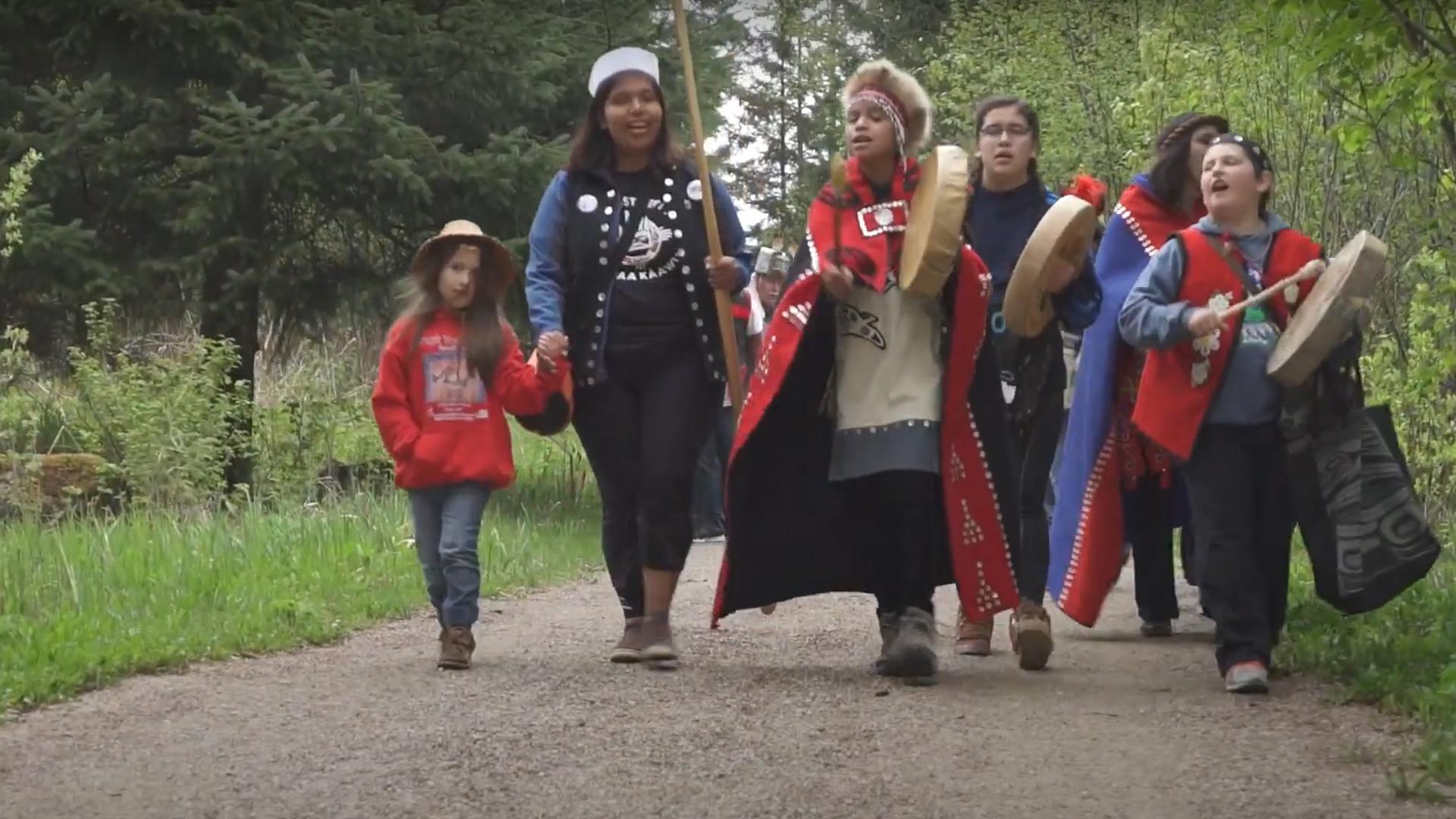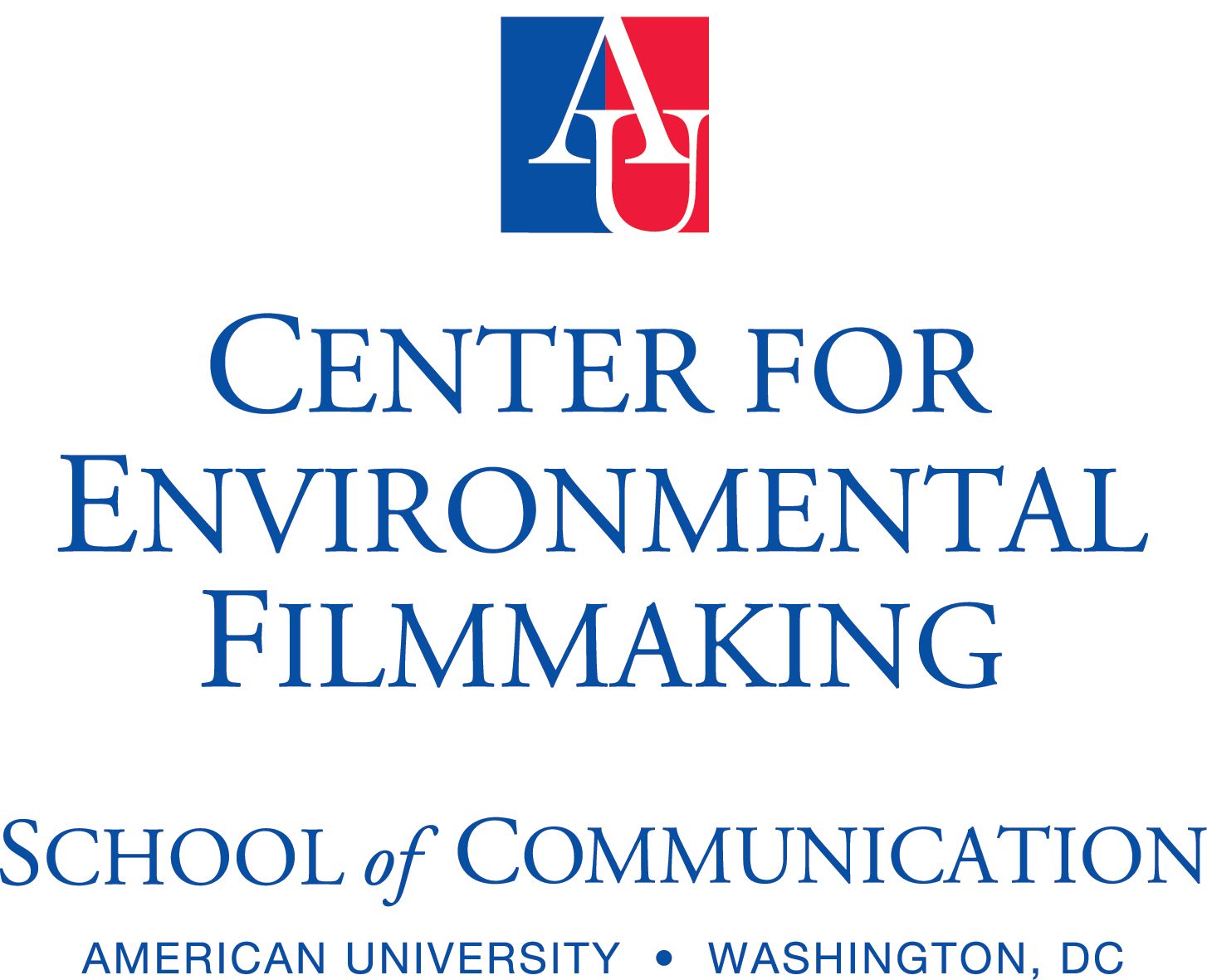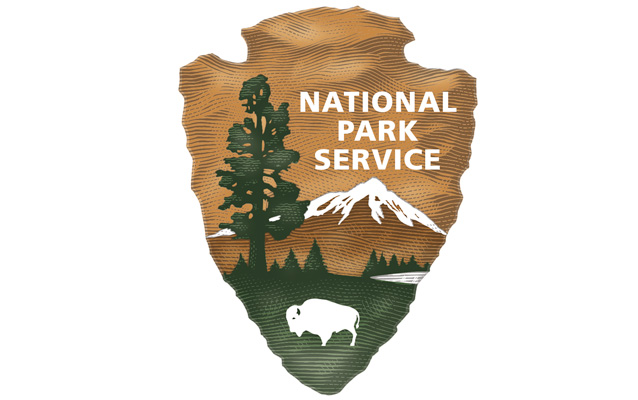
Curated by the Center for Environmental Filmmaking at American University, the Department of the Interior Museum, the Department of the Interior’s Environmental Justice Program, and the National Park Service
Includes a live Q&A with the filmmakers and experts. NOTE: the films will not be broadcast live. They are meant to be watched separately from the discussion.
The Center for Environmental Filmmaking at American University, the U.S. Department of the Interior Museum, the U.S. Department of the Interior’s Environmental Justice Program, and the National Park Service present a showcase of outstanding films created with different divisions of the National Park Service, including the Office of Science Access and Engagement, the Urban Ecology Research Learning Alliance, and Harpers Ferry Center for Interpretive Design. Thanks to paid fellowships provided by the National Park Service, students have the opportunity to work in the field with scientists, park managers, communicators, and others. From Tlingit cultural practices with Glacier Bay National Park and Preserve, to historically significant scientific research in the Everglades, at Indiana Dunes, and at Tule Springs Fossil Beds, to landscape-scale Biosphere regions, these films reveal the extraordinary values and resources within the National Park System.
The Tlingit language, rich in metaphor and deep in meaning, encodes the history, life ways, stories, and traditions of the Huna Tlingit. Widely spoken into the mid-20th century, the Tlingit language began to fade during a painful era of western acculturation. Language revitalization is critical, today there are fewer than 60 living fluent speakers.
- Year2021
- Runtime6 minutes
- CountryUnited States
- ScreenwriterBeth Ebisch
- ProducerSarah Gulick, National Park Service
- CinematographerDavid Ehrenberg, National Park Service
- EditorBeth Ebisch
Curated by the Center for Environmental Filmmaking at American University, the Department of the Interior Museum, the Department of the Interior’s Environmental Justice Program, and the National Park Service
Includes a live Q&A with the filmmakers and experts. NOTE: the films will not be broadcast live. They are meant to be watched separately from the discussion.
The Center for Environmental Filmmaking at American University, the U.S. Department of the Interior Museum, the U.S. Department of the Interior’s Environmental Justice Program, and the National Park Service present a showcase of outstanding films created with different divisions of the National Park Service, including the Office of Science Access and Engagement, the Urban Ecology Research Learning Alliance, and Harpers Ferry Center for Interpretive Design. Thanks to paid fellowships provided by the National Park Service, students have the opportunity to work in the field with scientists, park managers, communicators, and others. From Tlingit cultural practices with Glacier Bay National Park and Preserve, to historically significant scientific research in the Everglades, at Indiana Dunes, and at Tule Springs Fossil Beds, to landscape-scale Biosphere regions, these films reveal the extraordinary values and resources within the National Park System.
The Tlingit language, rich in metaphor and deep in meaning, encodes the history, life ways, stories, and traditions of the Huna Tlingit. Widely spoken into the mid-20th century, the Tlingit language began to fade during a painful era of western acculturation. Language revitalization is critical, today there are fewer than 60 living fluent speakers.
- Year2021
- Runtime6 minutes
- CountryUnited States
- ScreenwriterBeth Ebisch
- ProducerSarah Gulick, National Park Service
- CinematographerDavid Ehrenberg, National Park Service
- EditorBeth Ebisch


